10 Best Herbal Essential Oils For Shingles

Herbal essential oils have gained attention for their potential role in managing the symptoms of shingles, a viral infection caused by the varicella-zoster virus.
Oils such as lavender, peppermint, and tea tree are commonly used due to their anti-inflammatory, antiviral, and analgesic properties. When diluted properly, these essential oils can be applied topically to soothe pain, reduce inflammation, and promote skin healing in affected areas. Some studies suggest that certain essential oils may help alleviate the burning and itching associated with shingles, though more research is needed to confirm their efficacy.
It is important to consult a healthcare professional before using essential oils, especially for individuals with sensitive skin or underlying health conditions.
FREE Herb Drying Checklist
How to make sure every batch retains maximum flavor, color, and aroma without the risk of mold or over-drying. Eliminate guesswork and trial-and-error, making herb drying faster, easier, and more efficient every time.
Table of Contents
1. Hypericum perforatum

Hypericum perforatum, commonly known as St. John's Wort, is a plant whose essential oils have been explored for their potential benefits in managing shingles, a viral infection caused by the varicella-zoster virus.
The essential oil derived from Hypericum perforatum contains bioactive compounds such as hyperforin and hypericin, which are believed to have anti-inflammatory and antiviral properties. While some preliminary studies suggest that these oils may help alleviate the pain and inflammation associated with shingles, more research is needed to confirm their efficacy and safety. It is important to note that essential oils should not replace conventional medical treatments for shingles and should be used under the guidance of a healthcare professional.
Additionally, individuals should be cautious of potential interactions with other medications when using Hypericum perforatum essential oils.
2. Echinacea purpurea
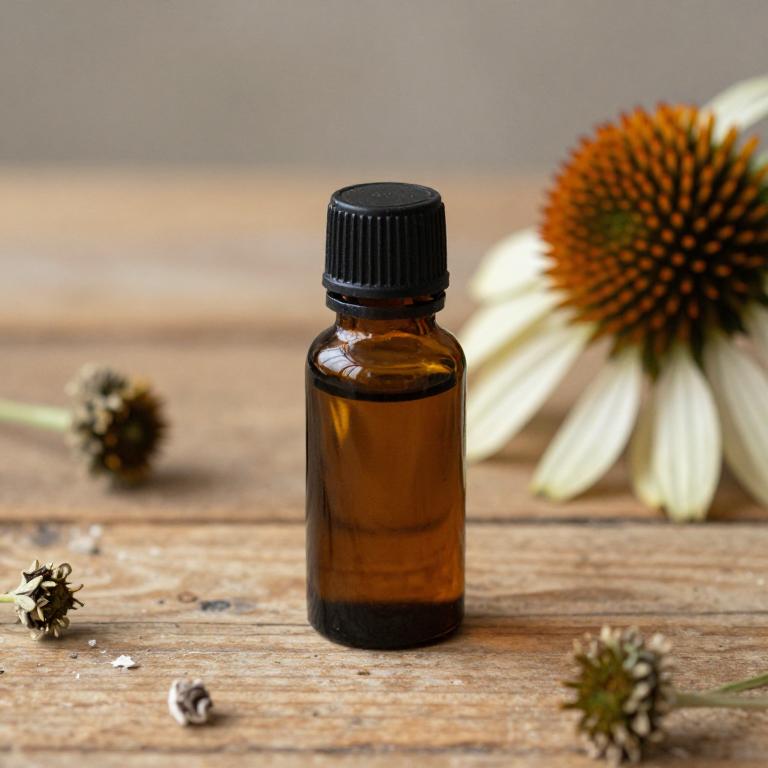
Echinacea purpurea, commonly known as purple coneflower, is a traditional herbal plant often used for its immune-boosting properties.
While primarily recognized for its use in supporting the immune system, echinacea essential oils may also be explored for their potential role in managing symptoms associated with shingles, a viral infection caused by the varicella-zoster virus. These essential oils contain compounds like alkylamides and flavonoids, which may help reduce inflammation and support skin healing. However, it is important to note that there is limited scientific research specifically linking echinacea essential oils to the treatment of shingles.
As with any complementary therapy, it is advisable to consult a healthcare professional before using echinacea essential oils for shingles, especially if you are on medication or have underlying health conditions.
3. Lavandula angustifolia
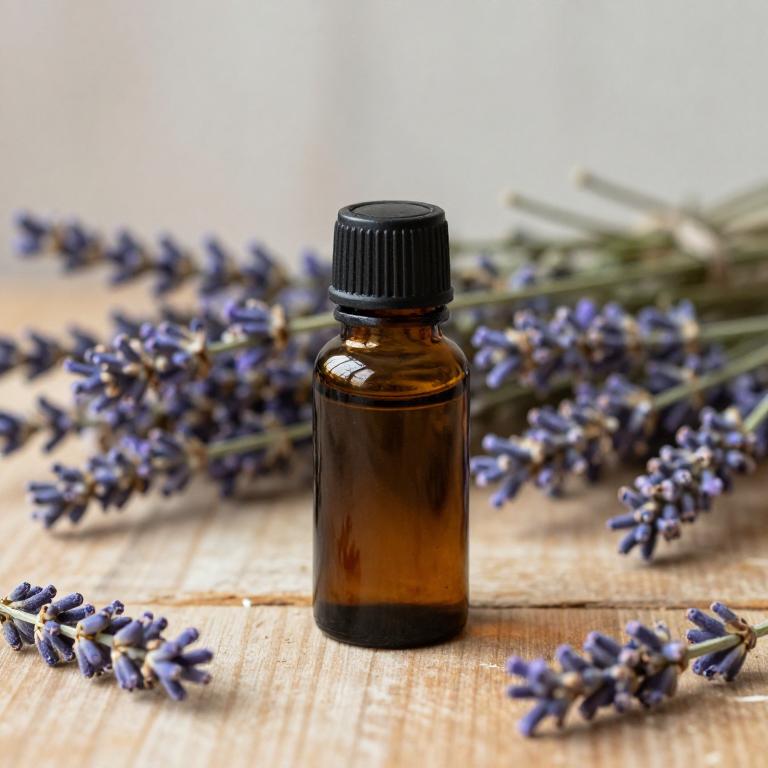
Lavandula angustifolia, commonly known as English lavender, is widely used in aromatherapy and herbal medicine for its calming and soothing properties.
Its essential oil is particularly valued for its anti-inflammatory and analgesic effects, making it a popular choice for managing symptoms associated with shingles, such as pain and skin irritation. When applied topically, lavender essential oil can help reduce the inflammation and discomfort caused by the varicella-zoster virus, which is responsible for shingles. It is often diluted with a carrier oil to ensure safe application and to prevent skin irritation.
While lavender essential oil can be a complementary therapy, it should not replace medical treatment for shingles, and it is advisable to consult a healthcare professional for proper care.
4. Melissa officinalis
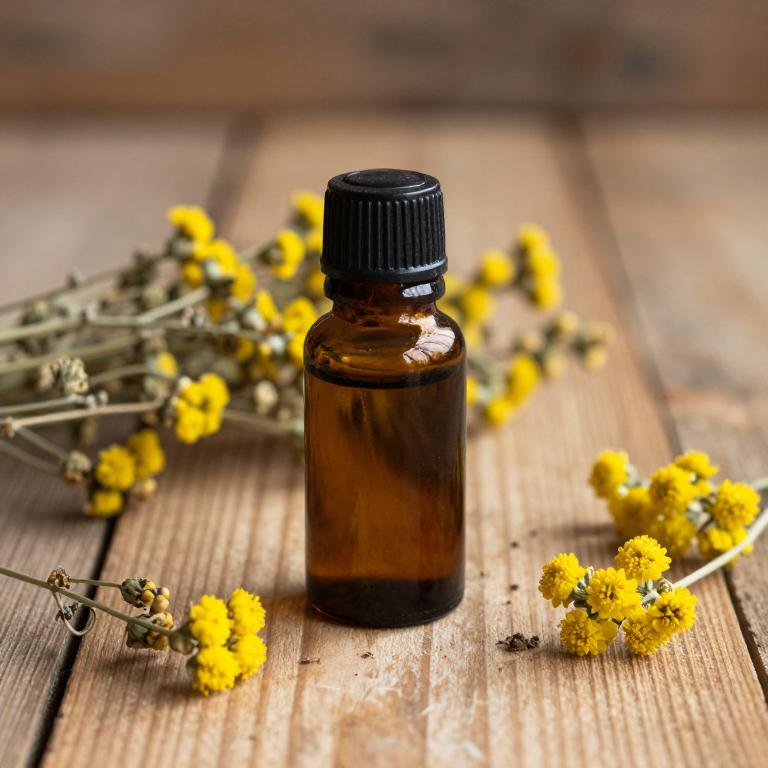
Melissa officinalis, commonly known as lemon balm, is a versatile herb whose essential oil has been explored for its potential benefits in managing shingles, a painful condition caused by the reactivation of the varicella-zoster virus.
The essential oil of lemon balm contains compounds such as linalool and limonene, which possess calming and antiviral properties that may help reduce the severity of shingles symptoms. When applied topically, the oil can provide a soothing effect on the skin, helping to alleviate the burning and tingling sensations associated with the condition. It is often used in aromatherapy to reduce stress and anxiety, which are common in individuals suffering from shingles.
However, it is important to consult with a healthcare professional before using lemon balm essential oil, as it may interact with certain medications or have contraindications for specific individuals.
5. Zingiber officinale

Zingiber officinale, commonly known as ginger, is a popular herb used in traditional medicine for its various therapeutic properties, including its potential benefits for shingles.
The essential oil derived from ginger contains compounds like gingerol and shogaol, which have anti-inflammatory and analgesic effects that may help alleviate the pain and inflammation associated with shingles. While there is limited clinical research specifically on ginger essential oil for shingles, some studies suggest that its anti-viral properties could potentially support the body's immune response against the varicella-zoster virus. When using ginger essential oil for shingles, it is important to dilute it properly with a carrier oil to avoid skin irritation and to consult with a healthcare professional, especially for those with sensitive skin or existing medical conditions.
Overall, while ginger essential oil may offer some supportive benefits, it should not replace conventional medical treatments for shingles.
6. Piper nigrum
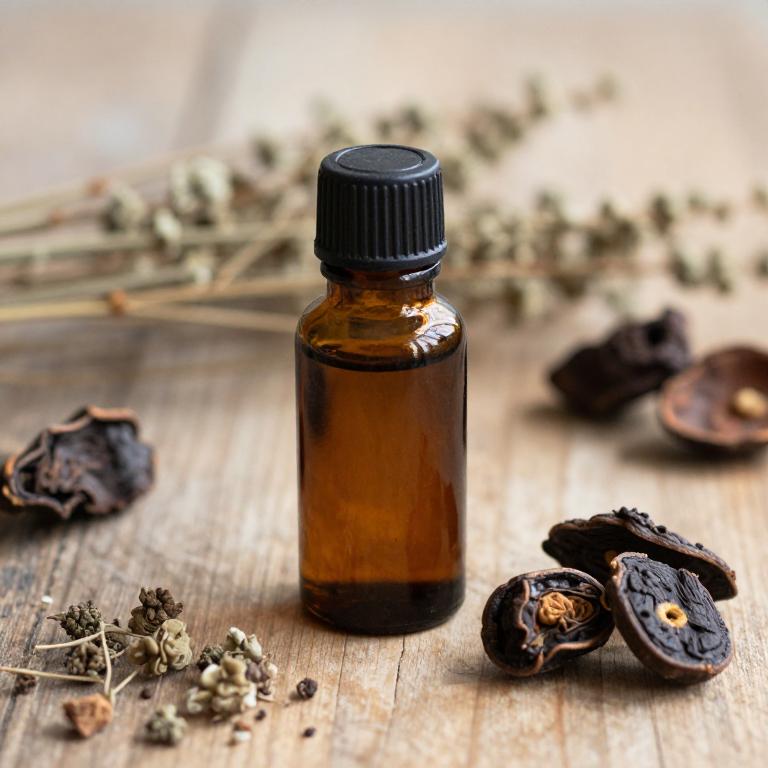
Piper nigrum, commonly known as black pepper, contains essential oils that have been traditionally used for their warming and stimulating properties.
While not a primary treatment for shingles, some herbal practitioners may suggest the use of black pepper essential oil for its potential anti-inflammatory and analgesic effects. The essential oil can be diluted with a carrier oil and applied topically to the affected area to help alleviate pain and reduce inflammation. However, it is important to consult with a healthcare professional before using any essential oils, as they can interact with medications or cause skin irritation.
Overall, while Piper nigrum essential oil may offer some supportive benefits, it should not replace conventional medical treatment for shingles.
7. Rosa canina
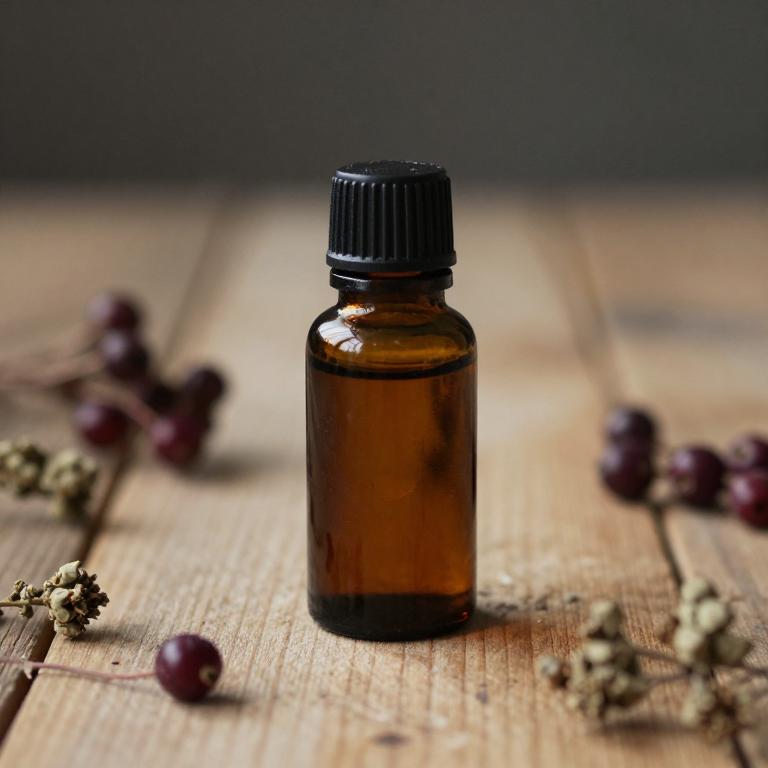
Rosa canina, also known as dog rose, is a traditional herbal remedy that has been used for its anti-inflammatory and soothing properties.
Essential oils derived from Rosa canina berries are often utilized in aromatherapy and topical applications to alleviate symptoms associated with shingles, such as pain, itching, and inflammation. These oils contain compounds like flavonoids and tannins, which may help reduce nerve irritation and promote skin healing. When diluted properly, Rosa canina essential oil can be applied to the affected area to provide a calming effect and support the body's natural recovery process.
However, it is important to consult with a healthcare professional before using essential oils, especially for individuals with sensitive skin or existing medical conditions.
8. Thymus vulgaris

Thymus vulgaris, commonly known as thyme, is a popular herb used in aromatherapy and herbal medicine for its potent essential oils.
The essential oil of thyme contains compounds like thymol and carvacrol, which are known for their antimicrobial and anti-inflammatory properties. When used for shingles, thyme essential oil may help alleviate symptoms such as pain and inflammation by supporting the body's immune response. It is often diluted with a carrier oil before application to the affected area for safe topical use.
While thyme essential oil can be a supportive remedy, it should not replace medical treatment for shingles, and consultation with a healthcare professional is recommended.
9. Curcuma longa
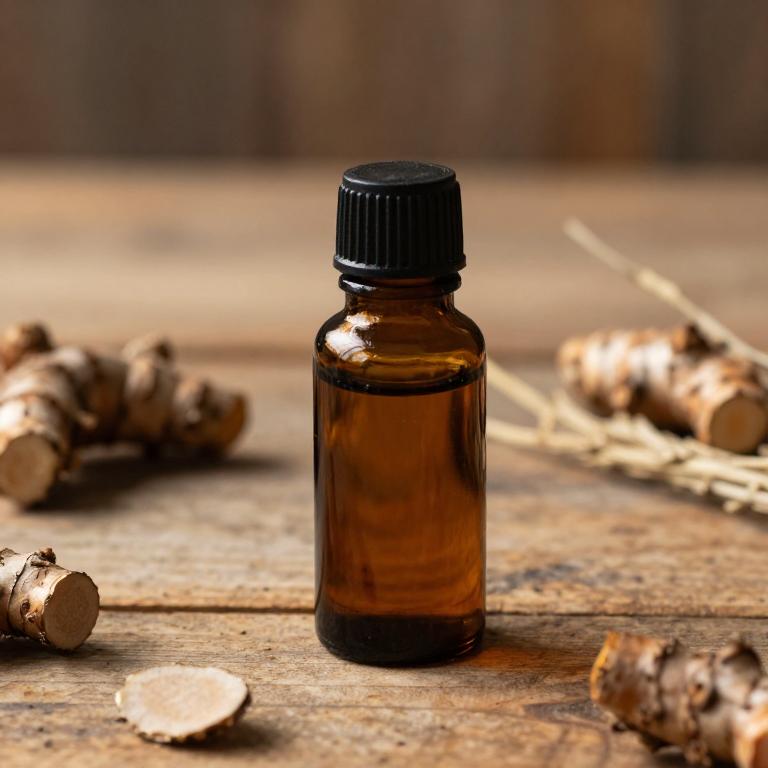
Curcuma longa, commonly known as turmeric, is a popular herb that contains curcumin, a compound known for its anti-inflammatory and antioxidant properties.
While turmeric is often used in culinary applications, its essential oil derived from the rhizomes has been explored for its potential therapeutic benefits, including its possible role in managing symptoms associated with shingles. The essential oil of Curcuma longa may help reduce inflammation and pain, which are common symptoms in shingles caused by the varicella-zoster virus. However, it is important to note that while some studies suggest the potential of curcumin in supporting immune function and reducing nerve pain, more research is needed to confirm its efficacy specifically for shingles.
As with any complementary therapy, it is advisable to consult a healthcare professional before using turmeric essential oil for shingles or any other medical condition.
10. Urtica dioica

Urtica dioica, commonly known as stinging nettle, contains essential oils that have been explored for their potential therapeutic benefits, including in the treatment of shingles.
These essential oils are derived from the leaves and stems of the plant and contain bioactive compounds such as alpha-linolenic acid and flavonoids, which may possess anti-inflammatory and analgesic properties. While there is limited clinical research specifically on the use of Urtica dioica essential oils for shingles, some studies suggest that topical application of these oils may help alleviate pain and reduce skin irritation associated with the condition. However, it is important to consult with a healthcare professional before using any herbal remedy, as individual responses can vary and potential interactions with other treatments should be considered.
As with any complementary therapy, more rigorous scientific studies are needed to fully understand the efficacy and safety of Urtica dioica essential oils in managing shingles symptoms.